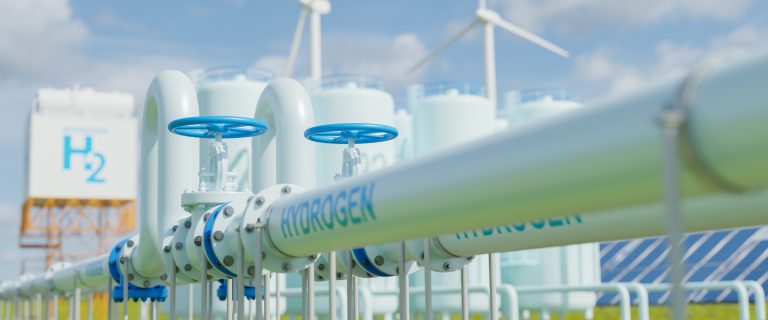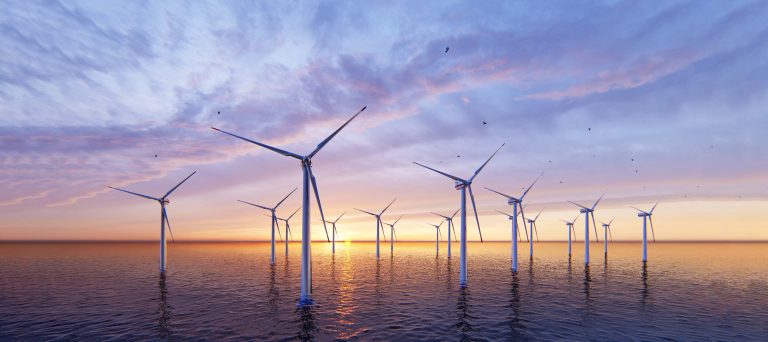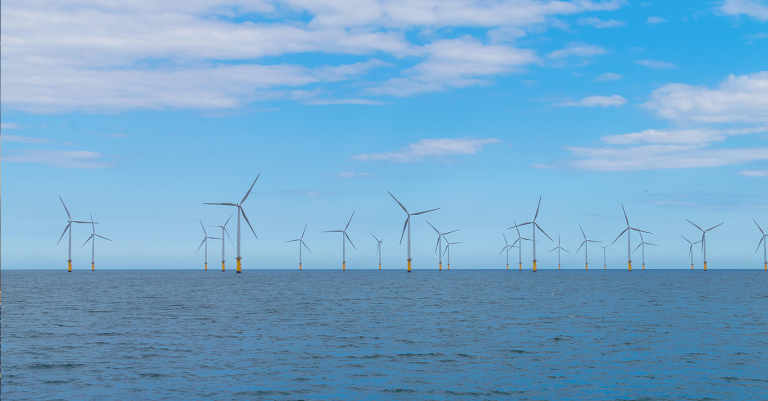Background
Romania’s current fiscal regime for oil and gas upstream operations was established in 2002 by an amendment of the petroleum law in force at that time and was kept as such under the Petroleum law no. 238/2004 (Petroleum Law) currently in force. In a nutshell, Romania applies a system of gross royalties for both oil and gas payable by the titleholders of petroleum concession agreements to the Romanian State on a quarterly basis, with rates ranging between 3.5% and 13.5% for crude oil and 3.5% and 13% for gas in respect of gross production and by reference to prices established by the National Agency for Mineral Resources (NAMR) (based on a methodology which refers to prices at global trading hubs). The royalty regime is valid for the duration of a petroleum concession agreement. The Petroleum Law does not apply different royalty regimes to onshore and offshore production or to conventional and unconventional oil and gas. Failure to pay the royalty may lead to termination of the petroleum concession agreement.
A revision of this system has been expected for almost three years – during this time, various scenarios have been considered by the Romanian Government and there have been discussions as to whether the royalty system should be redesigned as a mechanism (method of computation) or rather to change only the royalties’ rates. Industry players have made substantial efforts to curb the government’s intentions to increase the rates and introduce supplementary taxation by analysing the fiscal regime applied to the oil & gas sector in other European countries and highlighting the negative effects that excessive taxation would have on the petroleum activities in Romania.
Finally, a draft of the highly anticipated legislation on petroleum royalties was published by the Ministry of Economy on 23 October 2017 (Draft Royalties Law) (the full text may be accessed here). The Draft Royalties Law covers royalties applied for exploitation of mineral and hydromineral resources as well, but this note will focus on the provisions dealing with the fiscal regime applicable to hydrocarbon resources only.
Key provisions of the Draft Royalties Law
A novelty introduced by the Draft Royalties Law is the differentiation of the royalties applied for onshore and offshore upstream oil & gas activities.
Royalties for onshore upstream oil & gas activities
The current applicable royalties’ rates for the exploitation of oil and gas onshore set out in the Petroleum Law are maintained by the Draft Royalties Law, as follows:
| Royalty Rate | Gross Production |
|---|---|
| % | Crude Oil/Condensate 103 tons/quarter |
| 3.5% for fields which produce | below 10 |
| 5% for fields which produce | between 10 and 20 |
| 7% for fields which produce | between 20 and 100 |
| 13.5% for fields which produce | above 100 |
| % | Natural Gas 106 m3/quarter |
| 3.5% for fields which produce | below 10 |
| 7.5% for fields which produce | between 10 and 50 |
| 9% for fields which produce | between 50 and 200 |
| 13% for fields which produce | above 200 |
The computation of the value of the royalty owed by the title holders is made in accordance with a methodology based on reference prices determined by NAMR and gross production registered at the measuring points:
Royalty= Value of Gross Production X Royalty Rate
where
Value of Gross Production = Gross Production at Measuring Points X Reference Price set by NAMR
If the sale price of the crude oil or gas (determined as the amount obtained by the title holder for the sale of the crude oil or gas, as the case may be, during the relevant reference period, minus the corresponding value added tax and any additional taxation) is higher than the applicable reference price, the royalty will be calculated based on the sale price.
The methodology for calculation of the reference prices will be established by order of the president of NAMR. The reference prices will be based on the Brent crude oil price and the natural gas price on the OPCOM centralised wholesale market, respectively.
Royalties for offshore upstream oil & gas activities
Different royalties’ rates will apply for the exploitation of oil and gas offshore, as follows:
| Royalty Rate | Gross Production |
|---|---|
| % | Crude Oil/Condensate 103 tons/quarter |
| A) Fixed rate | |
| 8% | for the entire volume extracted |
| B) Variable rate | |
| 4.5% | for extracted volumes between 100 and 150 |
| 5% | for extracted volumes between 150 and 200 |
| 5.5% | for extracted volumes above 200 |
| % | Natural Gas 106 m3/quarter |
| A) Fixed rate | |
| 10% | for the entire volume extracted |
| B) Variable rate | |
| 2% | for extracted volumes between 200 and 250 |
| 2.5% | for extracted volumes between 250 and 300 |
| 3% | for extracted volumes above 300 |
The gross production will include all quantities required for carrying out the activities assimilated to the exploitation activities (i.e. ancillary activities such as injection of water, steam and other secondary and tertiary extraction methods, treatment of water and waste resulted from extraction or other activities, own consumption for generation of electricity or heat, surface and depth maintenance activities, any other ancillary and/or support activities required for the exploitation works, such as compression and drying of natural gas, etc) as well.
Royalties for oil transportation and transit and gas storage activities
The current level of royalties for oil transportation and transit and gas storage activities is maintained under the Draft Royalties Law:
- a 10% quota of the gross revenues achieved from oil transportation and transit through the oil national transportation system, and from petroleum operations performed through the oil terminals which are part of the Romanian State public property;
- a quota determined based on a methodology prepared by NAMR and approved by government decision applied to the gross revenues achieved from oil transportation carried out through transportation systems other than the national oil transportation system and from petroleum operations carried out through oil terminals which are not part of the Romanian State public property;
- a 3% quota of the gross revenue achieved from gas storage activities.
Stability clause
The Ministry of Economy recognised the need to include express stability provisions with respect to the royalties’ system in the new legislation. According to the Draft Royalties Law, title holders under petroleum concession agreements in force at the date the Draft Royalties Law enters into force, as well as under petroleum concession agreements concluded after entry into force of the Draft Royalties Law, will continue to pay royalties at the level set out in their respective petroleum concession agreements for the duration of those agreements, save for the adoption of more favourable rules for the title holders or mandatory European Union rules. In case the initial duration of the petroleum concession agreement is extended, NAMR will apply the royalty rates in force at the date of signing the additional acts for the extended period.
Update of the royalties’ rates
The Draft Royalties Law provides the Government the possibility to amend the royalties’ rates by means of government decision (rather than by adoption of an amendment law by the Parliament), upon request of NAMR, based on opportunity economic analysis. We would expect that such amendments of the royalties’ rates would not apply to petroleum concession agreements in force at the date of those amendments, in line with the stability provisions.
Royalties payment
The royalties will be payable monthly (as opposed to the quarterly payment set out in the Petroleum Law). In case of failure to pay the royalties within 6 months as of due date, NAMR has the obligation to terminate the petroleum concession agreement.
Certain quantities of crude oil and natural gas are exempted from payment of royalties – natural gas produced from the wells concomitantly with the crude oil and not used or sold by the title holder, but delivered free of charge to NAMR, natural gas used to create the minimum safety stocks, from import, which are located in the storage, natural gas reinjected for technological purposes in the reservoir, crude oil used to create the minimum safety stocks.
Next steps
The Draft Royalties Law is subject to public debate for 10 days as of publication. Upon completion of the consultation period, a final draft will be prepared and submitted for approval by the Parliament.




